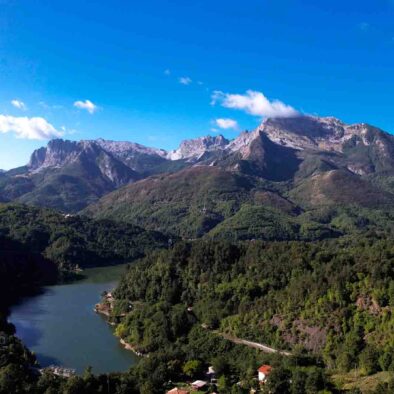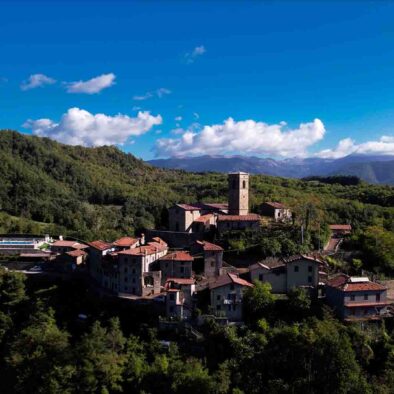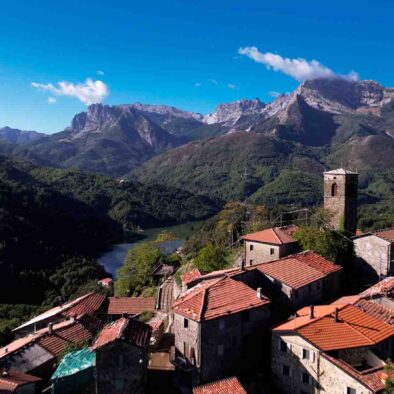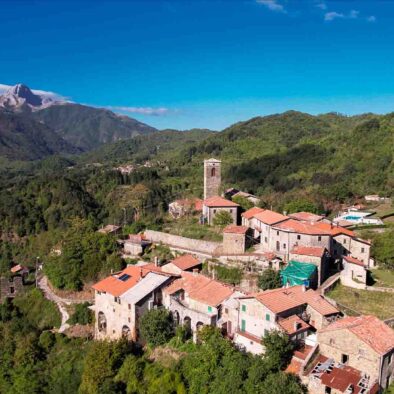Castagnola castle
Castagnola is a small village, perched on a hill on the left bank of the Acqua Bianca stream, which hosted an important castle in medieval times to control the valley below.
Castagnola despite its ancient origins, to find it mentioned in a document you have to go back to the 13th century and more precisely to the first Statutes of Lucca, drawn up by the latter after having received the Imperial investiture over the entire Garfagnana from Emperor Frederick II, in the Statute of 1272 Castagnola will be included in the Vicarage of Castiglione and Camporgiano.
After the death in Lucca of Castruccio Castracani, in 1329 the Emperor Ludwig the Bavarian took the castle of Castagnola from the Lucca people and granted it as a fief to Spinetta Malaspina, who in 1341 sold it to the Florentines, the following year Castagnola was occupied by soldiers of Luchino Visconti, who rushed to the aid of Castruccio’s sons, who put themselves at the head of a massive revolt in the Lucca countryside, with the intention of regaining control of the city of Lucca. Once the rebellion failed, Visconti managed to keep some “in his possession”. Lands” of the Garfagnana (including Castagnola), and then bartered them with the Pisans, at the time of the signing of the peace treaty stipulated in Pietrasanta on 17 May 1344.
The Pisan dominion over Castagnola was short, Lucca in 1369 thanks to the intervention of Charles IV of Bohemia, managed to re-establish its borders and under the Lordship of Paolo Guinigi, to counter the arrival of the Este troops in Garfagnana, the castle of Castagnola was strengthened and supplied with ammunition,
Upon the fall of the Guinigi lordship, it was the Florentines who took possession of Castagnola and in the subsequent peace stipulated between the Lucchese and the Florentines, the village will once again return to Lucca and in the new reorganization of the “Lands” of Lucca, it will be placed under the jurisdiction of the Vicar of Castiglione. At the end of the 16th century in Alta Garfagnana, the people of Este began to undermine the few “Lands” that remained faithful to Lucca: on 17 May 1583 they occupied Castagnola, the people of Lucca in retaliation sacked some of the Este castles in the Val di Serchio, but at the beginning of 1600 the two sides went to war, Castiglione and the “Lands” of Minucciano found themselves on the front line for many years, only in 1618 with the definitive peace treaty between the two factions did peace return to Castagnola and the region.
Its church dedicated to SS. Simon and Judas, is mentioned for the first time in a document from 1276.







